18 Best Plants for North-facing Walls
When planning a garden for a north-facing wall, it is important to choose plants that thrive in low-light conditions. These areas typically receive little direct sunlight, so selecting the right plants is key to creating a lush and vibrant garden. Many plants that do well in shade also offer unique textures and colors that can add visual interest. From hardy ferns to flowering vines, there are plenty of options that can grow well in these spaces. Whether you want to cover a wall with greenery or add a pop of color, the right plants can transform a shaded area into a beautiful feature of your garden. Be sure to choose plants that are suited to moist, well-drained soil and can tolerate cooler temperatures.
This post may contain affiliate links, which helps keep this content free. Please read our disclosure for more info.
English Ivy
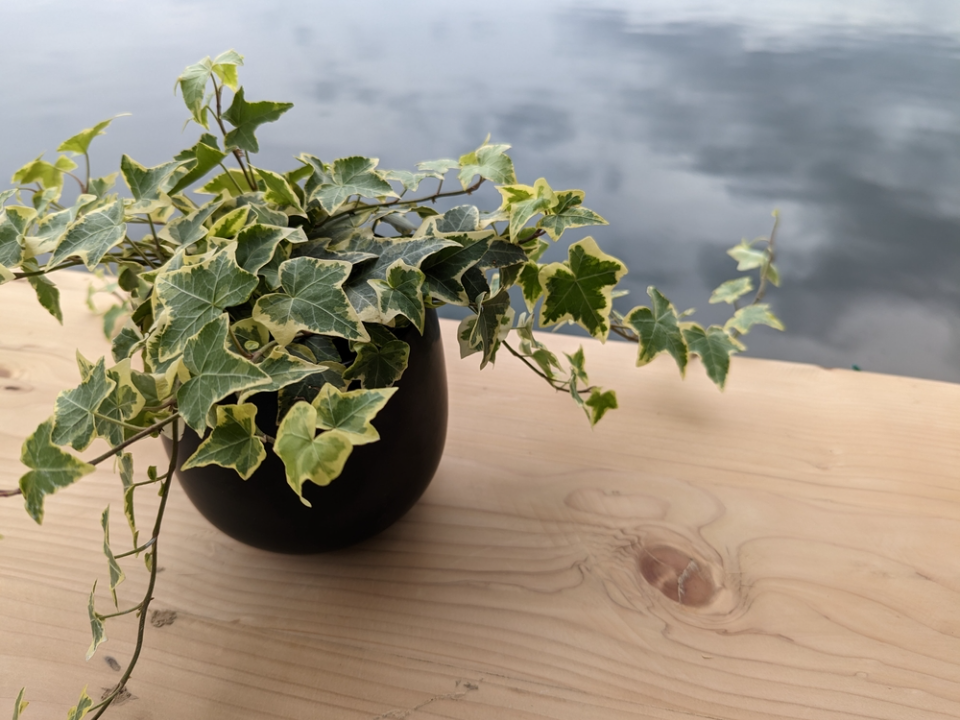
English Ivy is a classic plant for shaded walls, as it thrives in low light. It is ideal for covering large areas quickly and can be grown along walls or trellises. Ivy’s evergreen nature ensures that it maintains its lush appearance throughout the year. It does well in moist, well-drained soil and requires little maintenance once established. Its dense growth provides excellent coverage, adding beauty and greenery even in colder months. With occasional pruning, English Ivy can be kept in check and maintain a tidy appearance. It is a versatile option for gardeners looking for an easy-care plant that offers a dramatic visual effect.
Japanese Ferns
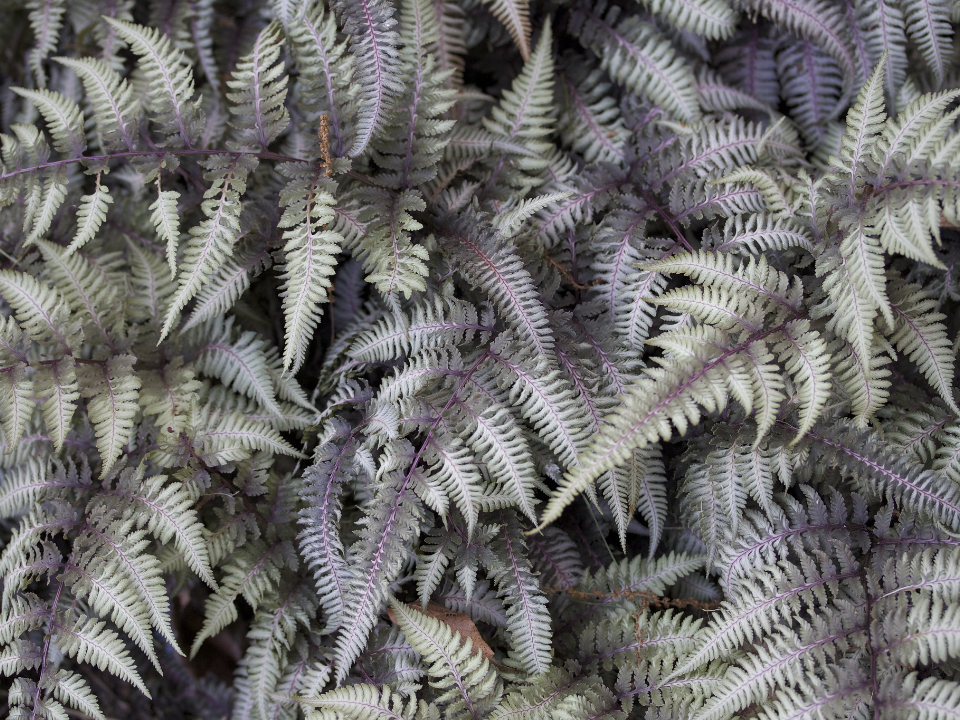
Japanese Ferns are well-suited for shady spots, making them perfect for north-facing walls. They offer delicate, feathery foliage that brings a soft texture to the garden. These ferns are easy to grow and thrive in moist, slightly acidic soil. They are particularly effective in areas where sunlight is limited, growing well with little maintenance. Their gentle appearance works well with other shade-loving plants, adding depth to the garden. Japanese Ferns also help with creating a lush, forest-like atmosphere, especially when paired with larger plants. Their simple beauty makes them an ideal choice for creating calm, shaded garden spaces.
Hostas
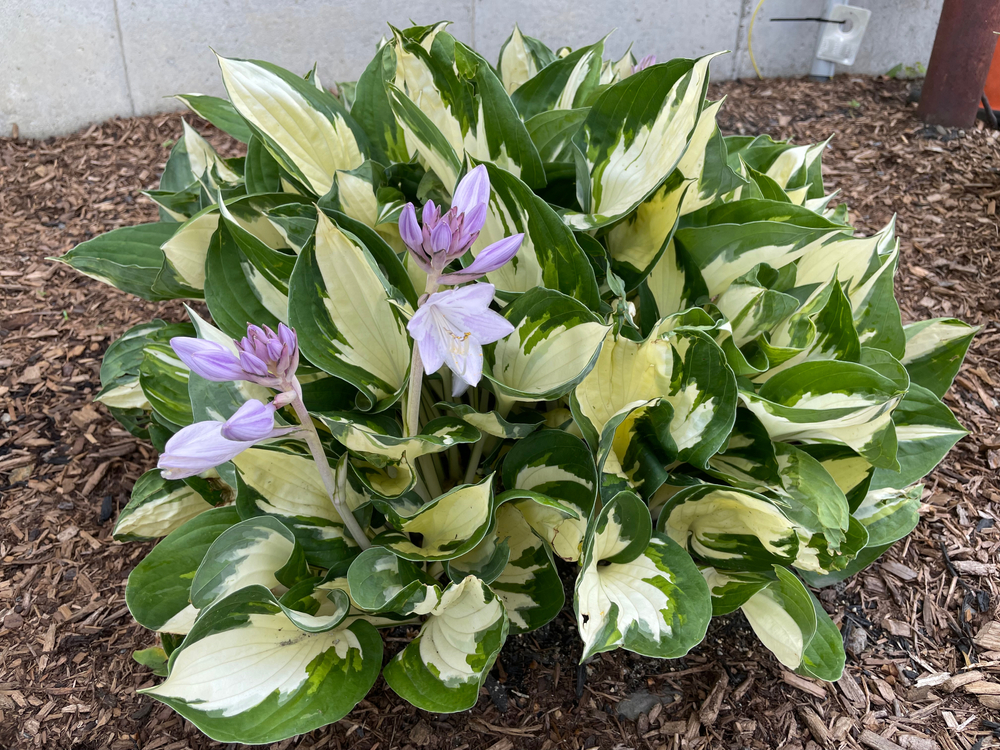
Hostas are one of the most reliable plants for shaded walls due to their large, attractive leaves. They come in various colors and sizes, offering versatility for different garden designs. Hostas thrive in moist, well-drained soil and are quite hardy, making them easy to maintain. In late spring and summer, they produce beautiful flower spikes that attract pollinators. These plants grow well in both containers and directly in the ground, making them adaptable. Their foliage can provide a striking contrast against darker plants. Hostas can create an elegant, textured look on any north-facing wall.
Ferns
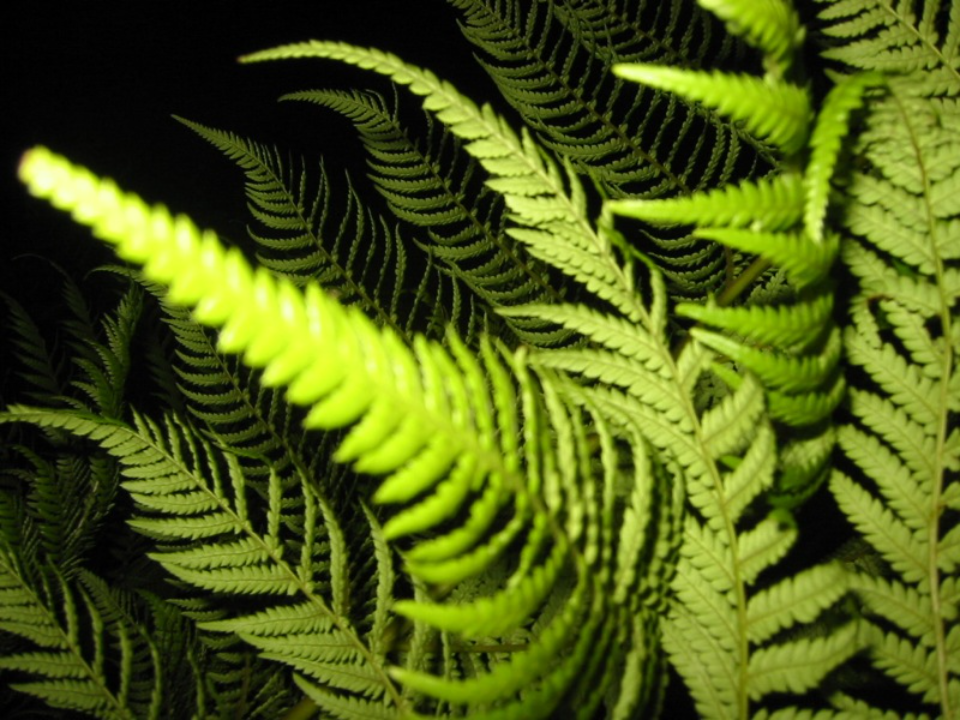
Ferns are perfect for shaded spaces and grow well on north-facing walls where sunlight is limited. Their graceful fronds bring a unique texture to the garden, making them stand out even in low light. Ferns thrive in moist, well-drained soil and prefer cooler conditions. They are also low-maintenance, making them a great choice for beginners. Whether you go for the bold Boston Fern or the delicate Maidenhair Fern, they add elegance and movement to any space. They can be used as ground cover or as part of vertical plantings. With regular watering, ferns will flourish and provide year-round greenery.
Bleeding Heart

Bleeding Hearts are a stunning plant for shaded garden walls, producing beautiful heart-shaped flowers. Their delicate blooms come in shades of pink or white, and they bloom in spring to early summer. These plants thrive in moist, well-drained soil and appreciate cooler conditions, making them perfect for north-facing walls. Their arching stems and soft foliage add a romantic touch to any garden. While the plant’s foliage dies back as summer progresses, its flowers remain a highlight. Bleeding Hearts offer a beautiful display of color in shaded areas. They are a great addition to any garden that needs a bit of seasonal flair.
Astilbe
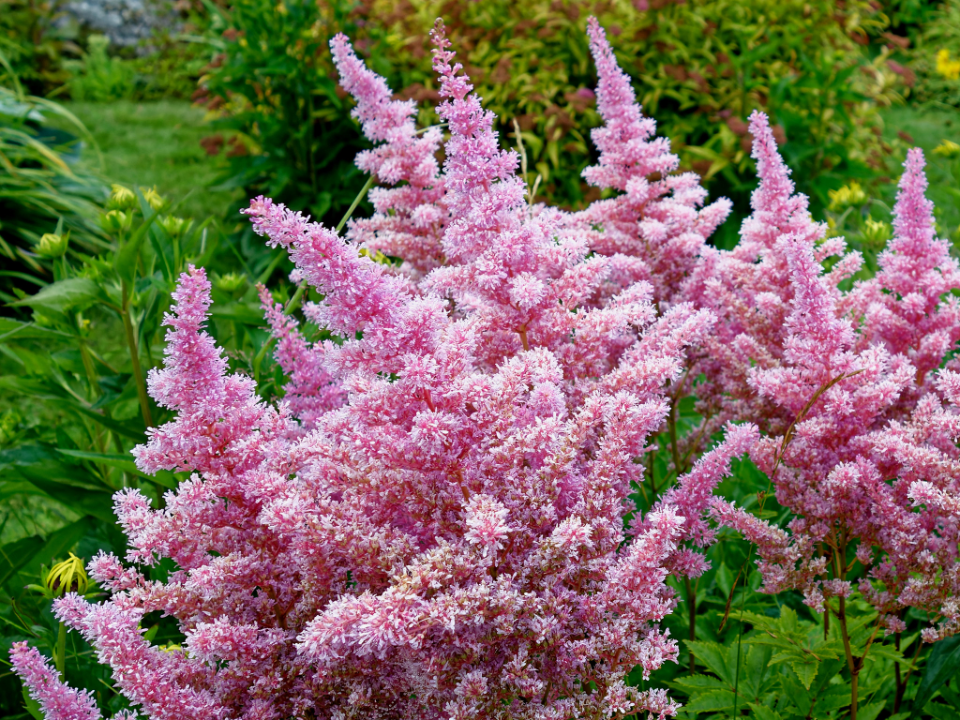
Astilbe is a beautiful perennial that thrives in partial to full shade, making it a great option for north-facing walls. Known for its feathery, plume-like flowers in shades of pink, red, and white, it offers a splash of color to shaded spaces. Astilbe prefers moist, slightly acidic soil, and it performs best with consistent moisture. These plants do well in cooler climates, making them ideal for shaded garden walls in those regions. Their flowers also attract pollinators like bees and butterflies, which helps support biodiversity. Astilbe’s ability to tolerate shade while providing vibrant blooms makes it a wonderful choice for any garden. Regular watering is essential, particularly during dry spells, to keep the plant thriving.
Coral Bells
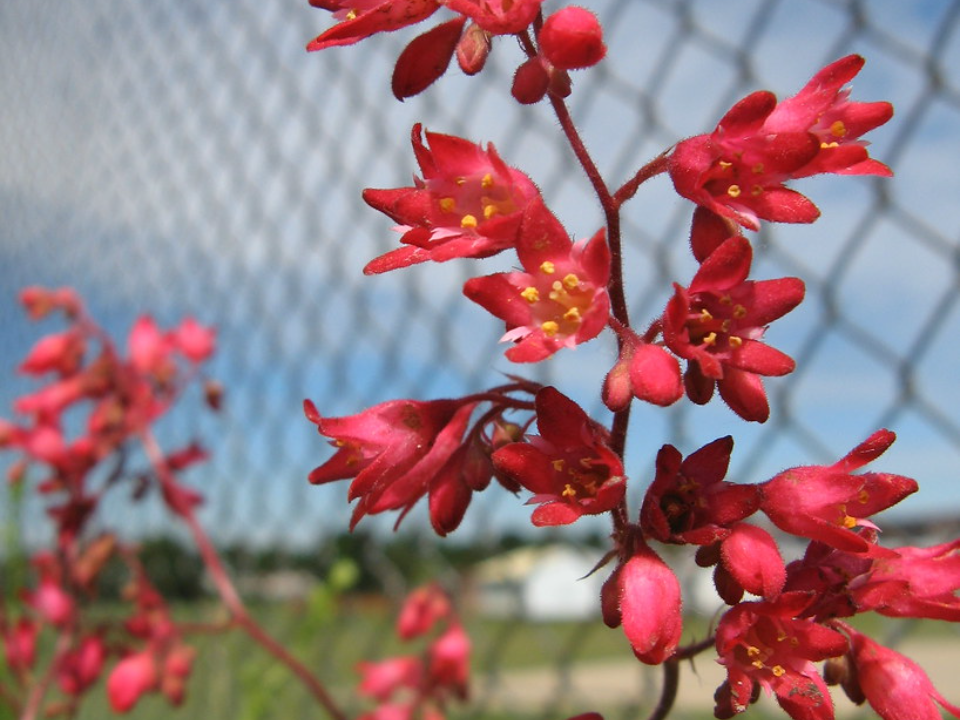
Coral Bells, or Heuchera, are excellent for adding a pop of color to shaded gardens. Known for their striking foliage, they come in a wide range of colors, from deep purples to bright reds and silvers. These plants can handle the low light of north-facing walls and thrive in moist, well-drained soil. In addition to their colorful leaves, Coral Bells also produce small, delicate flowers on tall stems. They are a great choice for adding texture and color without requiring much maintenance. Coral Bells are relatively resistant to pests and are easy to grow. They can be used as ground covers or as edging along shaded garden walls.
Camellia
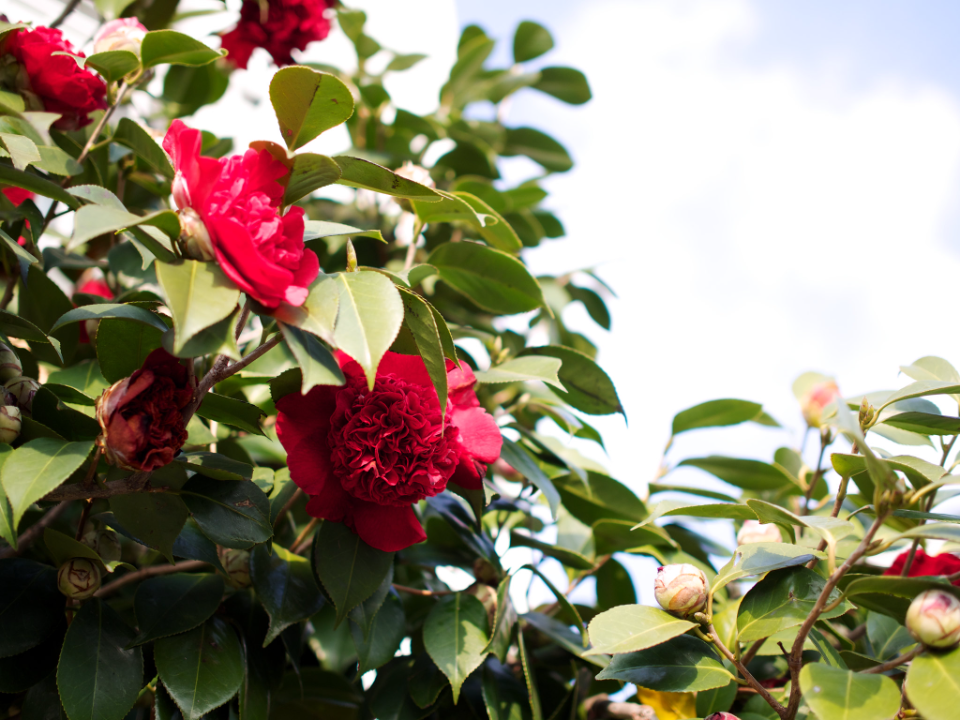
Camellias are evergreen shrubs that do well in partial to full shade, making them a great plant for north-facing walls. They bloom during the cooler months, adding color to gardens when most other plants are dormant. Camellias produce large, showy flowers in various shades of pink, red, and white. Their glossy, dark green leaves provide year-round interest. These plants prefer slightly acidic soil and moist, well-drained conditions. Camellias are ideal for adding both color and structure to shaded garden spaces. With minimal care and occasional pruning, they make a lasting impression.
Spider Plant
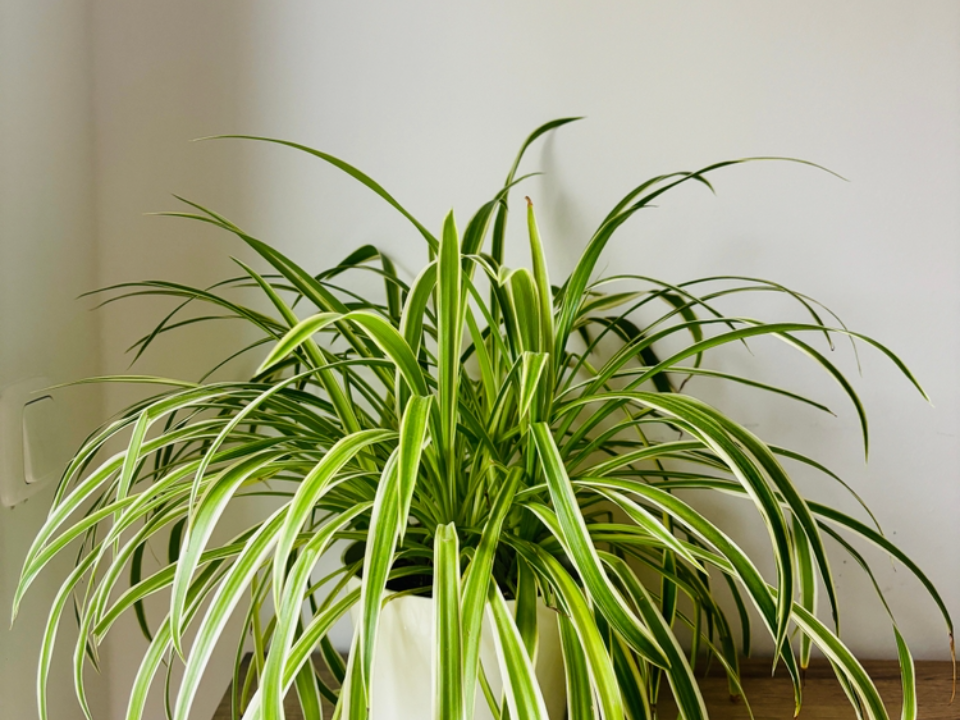
Spider Plants are easy to grow and thrive in low-light conditions, making them perfect for shaded areas. Known for their long, arching leaves with white stripes, they can add a unique texture to a shaded garden wall. Spider plants are also non-toxic, making them a great choice for households with pets. They do well in a variety of soil types and are resistant to most pests. Once they are established, these plants require minimal care. Spider Plants can even be propagated by removing the “babies” that grow on long stems. They are a great option for gardeners looking for a low-maintenance plant that also offers a touch of greenery.
Solanum jasminoides
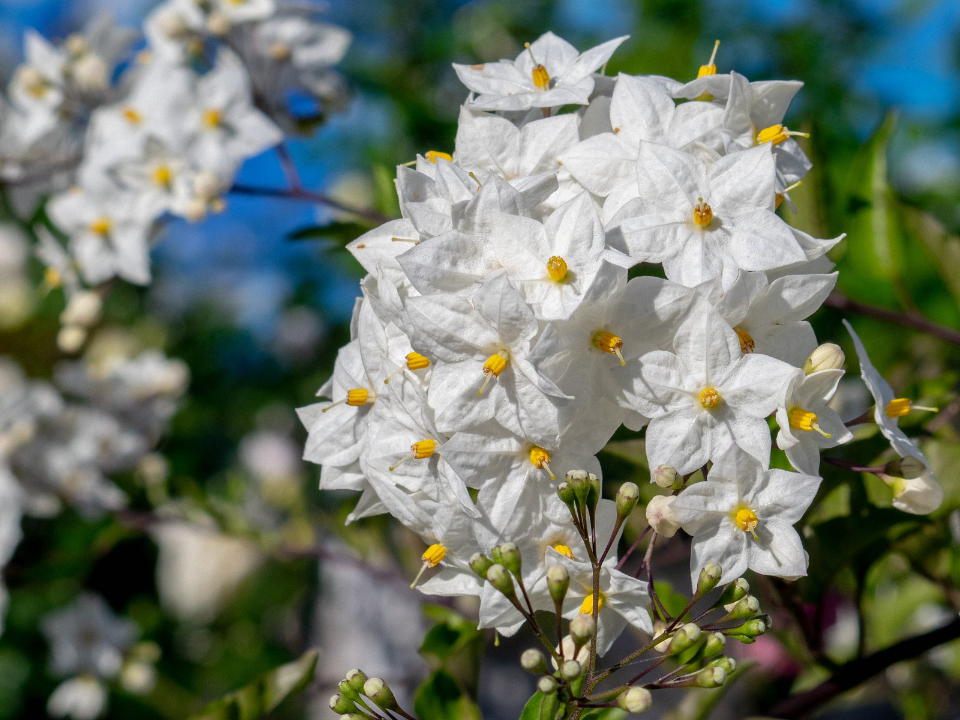
The Jasmine Nightshade is a climbing plant that thrives in partial to full shade. This evergreen vine produces clusters of small, fragrant flowers, which makes it an excellent choice for shaded garden walls. The plant’s dense green foliage provides year-round interest, while its flowers add seasonal beauty. Jasmine Nightshade grows well in moist, well-drained soil and is relatively low-maintenance. It can quickly climb trellises or fences, creating a beautiful vertical garden. This plant is ideal for gardeners who want a fragrant addition to their shaded spaces. With regular watering, it will continue to thrive and spread.
Virginia Creeper
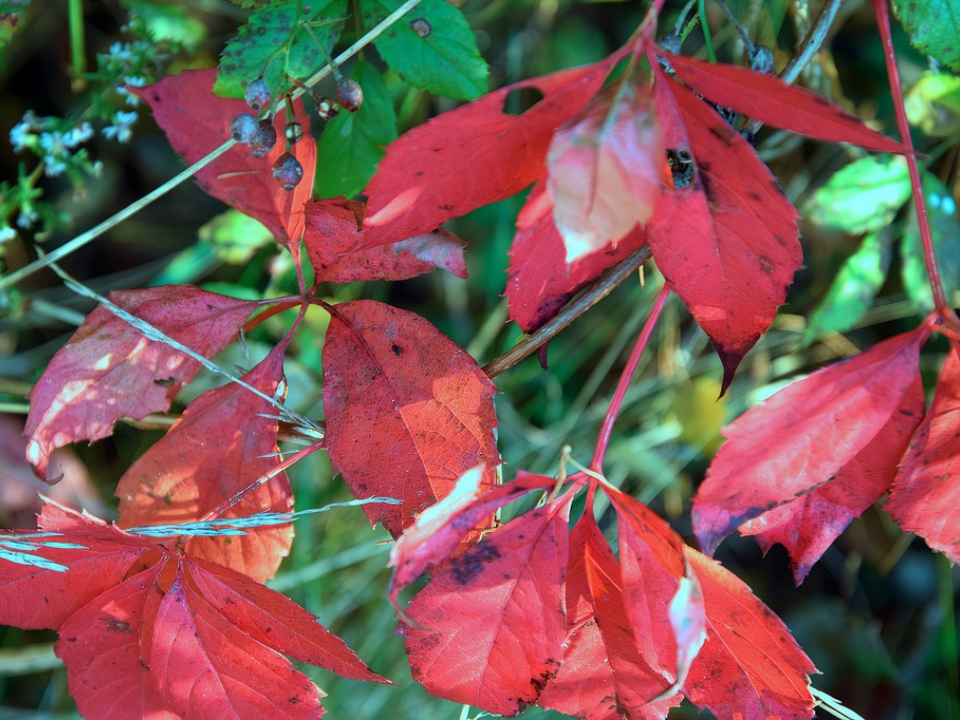
Virginia Creeper is a vigorous climbing vine that grows well in shaded areas. Its lush green foliage turns vibrant red in the fall, adding color and interest to a garden throughout the year. Virginia Creeper thrives in moist, well-drained soil and is very adaptable to different soil conditions. It can be used to cover large walls, fences, or trellises and grows quickly. The plant does best in shaded spots, making it a perfect option for north-facing walls. Though low-maintenance, it may need occasional pruning to keep it under control. This vine’s ability to grow rapidly makes it a great option for gardeners looking for quick coverage.
Lamb’s Ear
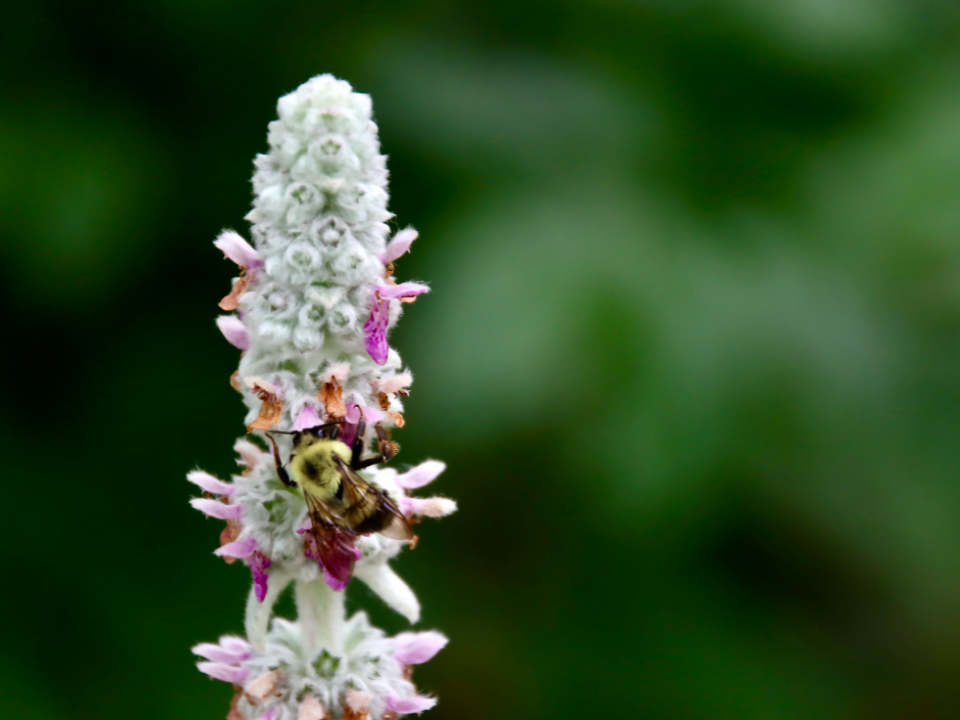
Lamb’s Ear is known for its soft, silvery leaves that bring texture to shaded gardens. This low-maintenance perennial thrives in shaded areas and is well-suited for north-facing walls. The plant does best in moist, well-drained soil and can tolerate a variety of soil types. Lamb’s Ear produces small, purple flowers that attract pollinators like bees and butterflies. It is an excellent choice for ground cover or as part of a mixed border along a shaded wall. The plant’s velvety leaves add a unique visual appeal and contrast beautifully with darker foliage. Lamb’s Ear can also help suppress weeds, making it a practical choice for shaded spaces.
Japanese Blood Grass
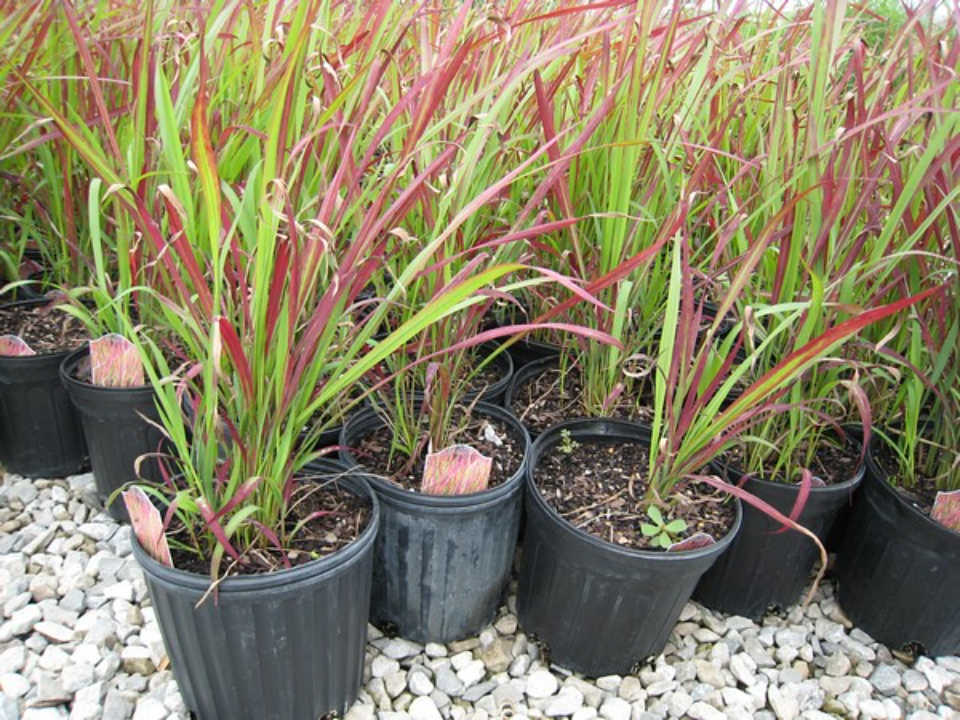
Japanese Blood Grass is a beautiful ornamental grass that thrives in shaded areas. Its vibrant red tips provide striking contrast against darker foliage. This plant is ideal for adding vertical height and texture to shaded garden walls. Japanese Blood Grass grows well in moist, well-drained soil and requires minimal care once established. It is especially eye-catching during the fall when its red hues become more pronounced. This grass is also drought-tolerant once it matures, making it a great low-maintenance option for shaded spaces. Japanese Blood Grass offers both beauty and resilience, making it a versatile addition to any garden.
Sweet Autumn Clematis
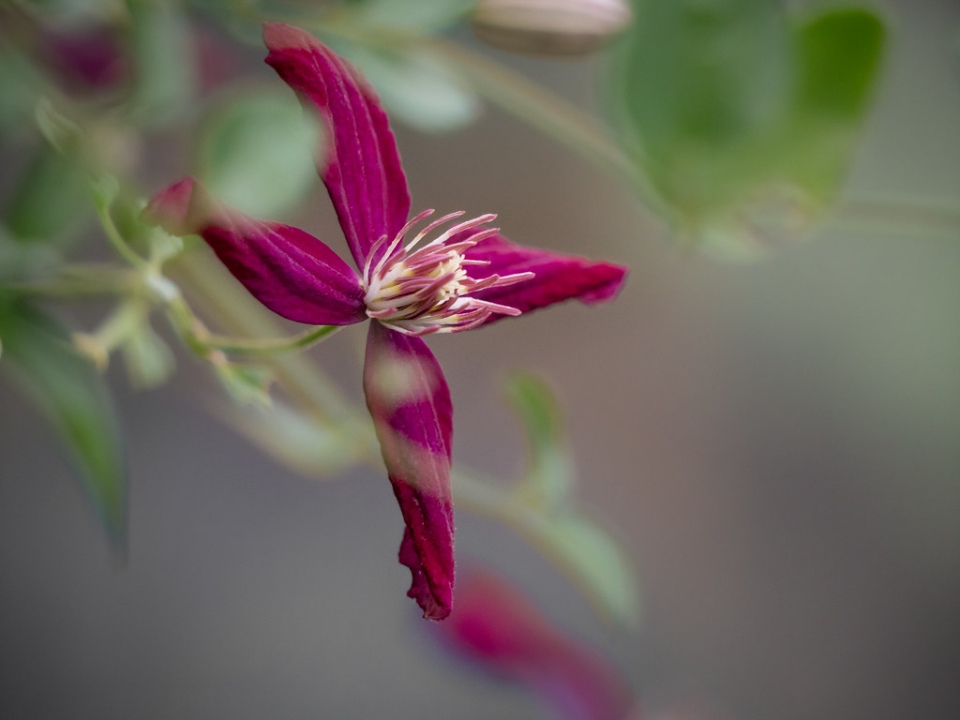
Sweet Autumn Clematis is a vigorous climbing vine that produces clusters of fragrant white flowers in late summer and fall. It thrives in shady locations, making it perfect for north-facing walls. The vine grows quickly and can be trained to cover fences, trellises, or walls. Sweet Autumn Clematis is easy to grow in moist, well-drained soil and requires minimal attention. While the flowers are a major attraction, the plant’s green foliage also provides year-round coverage. The vine is a great choice for gardeners looking for a fast-growing, low-maintenance plant that offers seasonal beauty. It does well in cooler climates and provides a lovely fragrance throughout the growing season.
Periwinkle
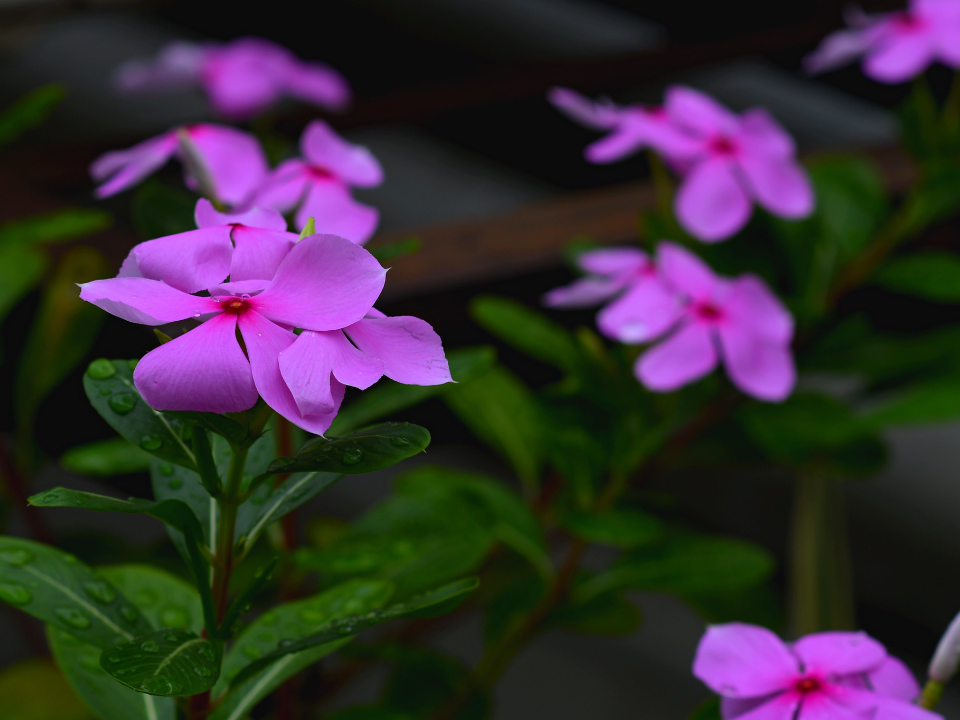
Periwinkle is an evergreen ground cover that thrives in shaded areas, making it a great plant for north-facing walls. Its trailing vines and bright blue flowers add charm and color to any shaded space. Periwinkle is a low-maintenance plant that does well in moist, well-drained soil. It can be grown as a ground cover or along walls to create a soft, flowing effect. This plant is drought-tolerant once established and requires minimal care. Periwinkle works well with other shade-loving plants, creating a cohesive look in the garden. Its ability to thrive in low light and its evergreen nature make it an excellent choice for shaded garden walls.
Brunnera
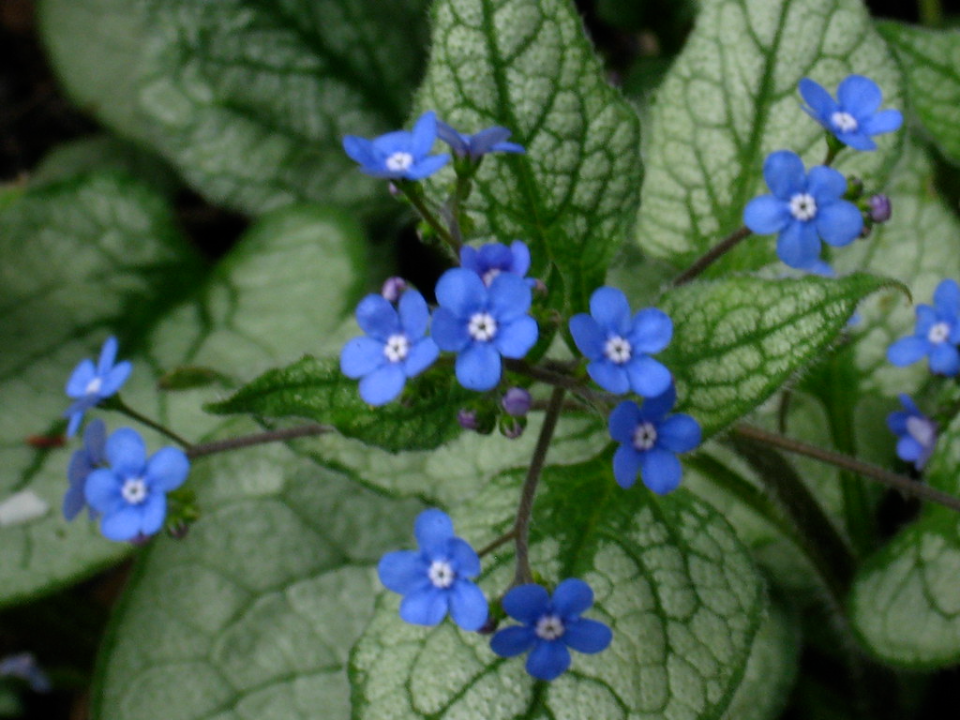
Brunnera is a shade-loving perennial that thrives in north-facing gardens. Known for its striking blue flowers that resemble forget-me-nots, Brunnera adds a pop of color to shaded spaces. It grows well in moist, well-drained soil and is quite hardy in cooler climates. The plant’s heart-shaped leaves offer texture and depth, making it an attractive addition to any garden. Brunnera’s flowers bloom in spring, and its foliage remains attractive throughout the summer. It is an excellent option for creating a lush, green ground cover or adding color along shaded walls. With minimal care, Brunnera will thrive and provide interest all year round.
Foxglove
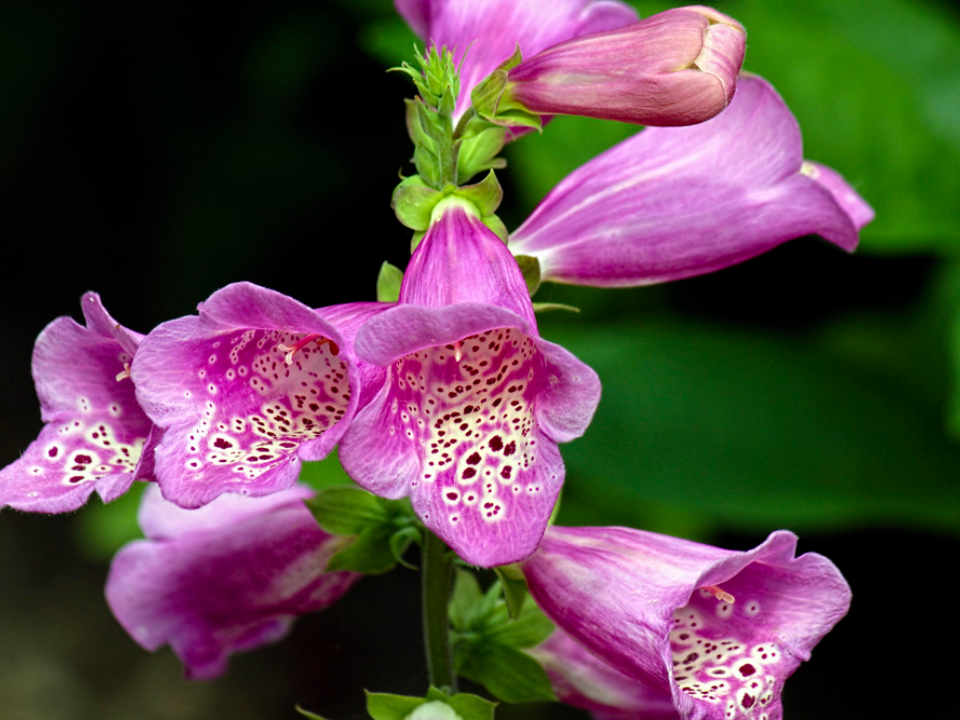
Foxglove is a tall, elegant plant that grows well in shaded areas, making it perfect for north-facing walls. Its spiky flowers come in shades of purple, pink, and white, adding vibrant color to the garden. Foxglove thrives in moist, well-drained soil and prefers partial to full shade. It attracts pollinators like bees and hummingbirds, making it a great addition to any wildlife-friendly garden. The plant’s tall spires add vertical interest and can be used to create striking visual elements along walls or fences. Foxglove is a biennial, meaning it flowers every other year, and it adds seasonal beauty. It is a great choice for adding a touch of drama and color to shaded spots.
Toad Lily

Toad Lilies are unique, shade-loving plants that thrive in moist, well-drained soil. Known for their intricate, orchid-like flowers, they bloom in late summer and fall. Toad Lilies prefer cooler conditions, making them ideal for north-facing walls. The plant’s foliage is attractive, with broad, dark green leaves that create a lush backdrop for the flowers. Toad Lilies do well in partial to full shade and are easy to grow with regular watering. They are low-maintenance, requiring minimal care once established. Their exotic blooms make them a striking addition to any garden, especially in shaded areas.
This article originally appeared on Avocadu.
